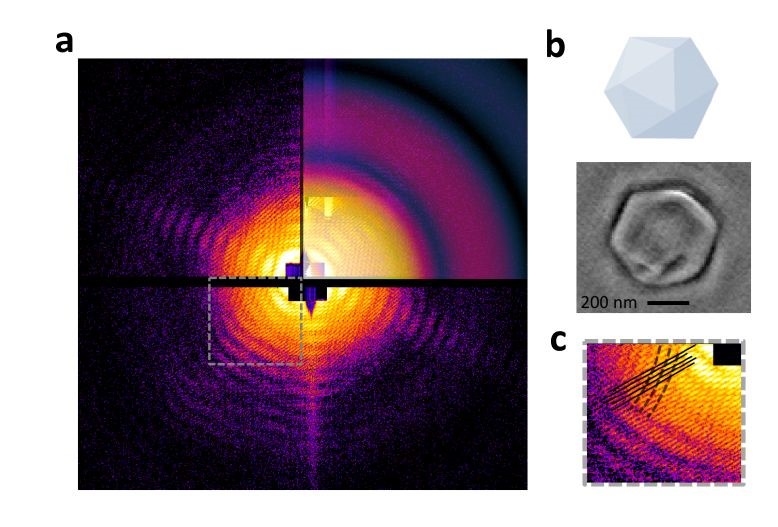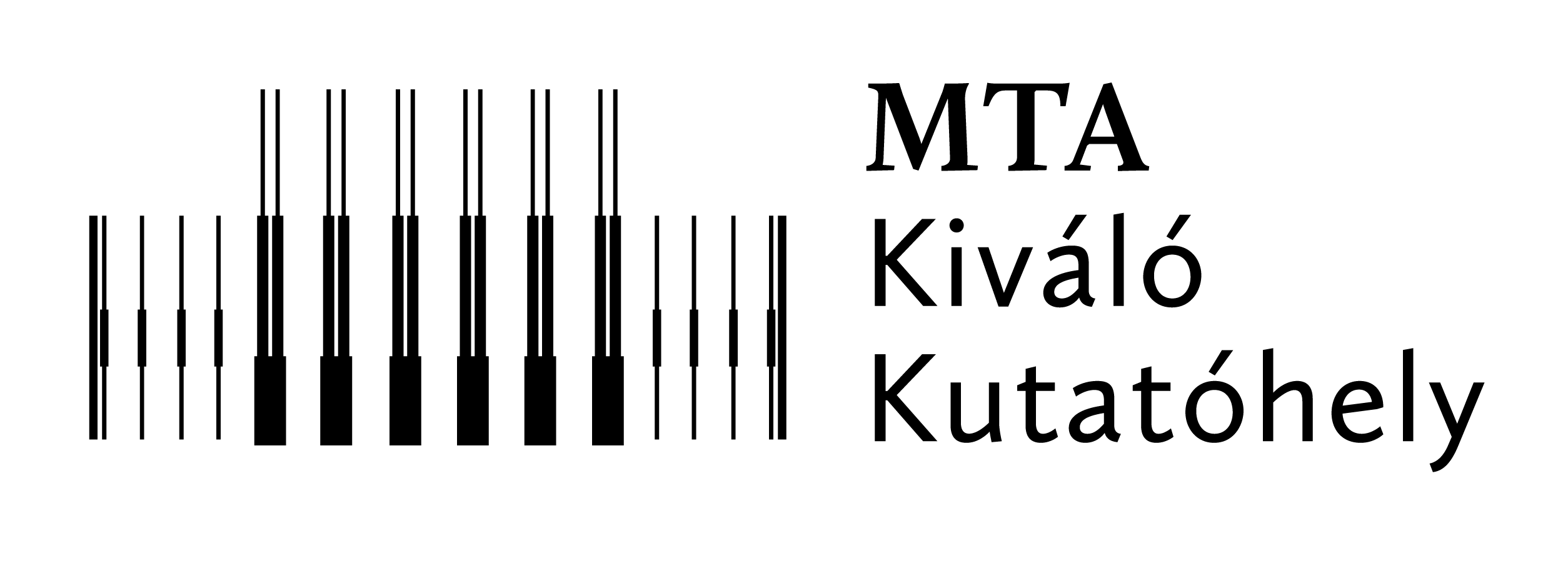2019
LASS carries out research in three areas: carbon based materials, computational material science and x-ray related methods. In the last year, we have reached significant results in all of these fields.
Carbon based systems. — As a new category of solids, crystalline materials constructed with amorphous building blocks expand the structure categorization of solids. New amorphous carbon clusters are found by compressing C8H8/C60 cocrystals, in which the highly energetic cubane (C8H8) exhibits unusual role. The significant role of C8H8 is to stabilize the boundary interactions of the highly compressed or collapsed C60 clusters, which preserve their long‐range ordered arrangement up to 45 GPa. With increasing time and pressure, the gradual random bonding between C8H8 and carbon clusters, -due to “energy release” of highly compressed cubane, leads to the loss of the ability of C8H8 to stabilize the carbon cluster arrangement. Thus, a transition from short‐range disorder to long‐range disorder (amorphization) occurs. The spontaneous bonding reconstruction most likely results in a 3D network in the material, which can create ring cracks on diamond anvils.

Figure 1. (a) X-ray diffraction pattern of 3 particles, 2 Ar clusters and a Mimi virus. The diffraction pattern can be analogously analized as a hologram. (b) The icosahedral envelop of the mimi virus and its 2D SEM projection. (c) Enlarged part of (a) showing two fine line patterns, corresponding to the 3 particles in the beam.
Computational material science. — During biomineralization, such as during the formation of bones, teeth, or mollusc shells and coral skeletons, hierarchically structured organic-inorganic composites of unique properties form, where the unique properties originate from their microstructure. We used traditional computational materials science tools to model the formation of these complex microstructures. In collaboration with German experimental scientists, we have reported a spectacular agreement between the microstructure of mollusc shells determined by experimental methods (including electron microscopy, electron back-scattering diffraction (EBSD), and X-ray micro-tomography) and the microstructure predicted by the phase-field theory. Such a complex structure was addressed for the first time by phase-field modelling, which may open the way for the modelling of even more complex biomineralization processes.
X-ray related methods. — Our research concentrated on X-ray free-electron laser (XFEL) related experiments. We took part in a holographic experiment on free-flying nanoparticles. We showed that structural information of individual nanoparticles could be obtained using a single XFEL pulse only.
Further, we gave general guidelines for the treatment of experimental data from coherent diffractive imaging and incorporated particle symmetry into the orientation determination in single-particle imaging (Fig. 1).



